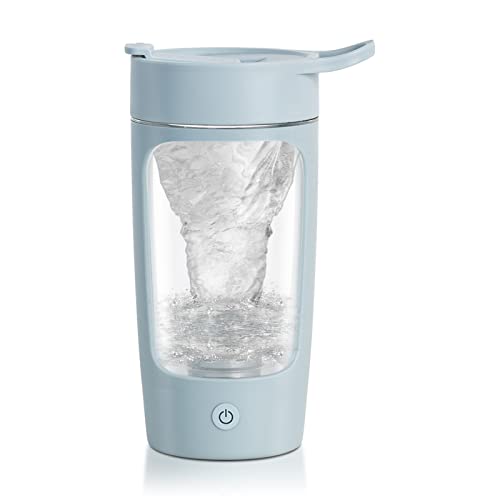Understanding Ice Packs: What They Are and How They Work
What Are Ice Packs?
Ice packs are portable items used to deliver cold therapy to specific areas of the body. They are usually filled with a gel or liquid that freezes and, when applied to an injury or sore muscle, helps to reduce swelling, numbs pain, and can even speed up the recovery process after physical activity.
How Do Ice Packs Work?
The science behind ice packs is simple yet effective. When we apply cold to an injured area, it constricts blood vessels, reducing blood flow and therefore limiting swelling and inflammation. The cold sensation also interrupts pain signals being sent to the brain. For say, an ankle sprain, using an ice pack can provide immediate relief and aid in a quicker recovery.
Types of Ice Packs: Which One is Right for You?
Gel Packs
Gel packs are versatile and often favoured for their ease of use. They can remain flexible even when frozen, allowing them to mold comfortably to the body. They are excellent for treating large areas such as the back or thigh.
Reusable Ice Packs
If you need something durable, reusable ice packs are designed for frequent use. They can be frozen multiple times without loss of efficiency. This makes them ideal for athletes or anyone who regularly needs cold therapy after workouts.
Instant Cold Packs
Instant cold packs are quite handy as they don’t need to be frozen beforehand. They activate by shaking and are convenient for emergencies. Think of them as your go-to solution when you’re out and about or on a sports field.
Ice Pack Straps and Wraps
These are specially designed to hold ice packs in place over the affected area. They are particularly useful for larger joints or muscles, ensuring that the cold therapy lasts longer and stays in contact, which leads to better results.
Choosing the Right Size: Finding the Perfect Fit for Your Needs
Consider the Area Being Treated
When selecting an ice pack, size matters significantly. For smaller areas, like a wrist or elbow, a compact pack will do. But for larger regions, like your back or thigh, a larger ice pack will provide better coverage and relieve more area.
Evaluate Your Storage Space
Before purchase, think about where you’ll store the ice pack. If you have limited freezer space, a compact gel pack may be a better option. Ensuring you have the right size helps avoid inconvenience down the line.
Using Ice Packs Effectively: Tips for Maximum Relief
Proper Application
To optimise the benefits of an ice pack, apply it for no more than 20 minutes at a time, followed by a break of at least 20 minutes. This prevents skin damage while ensuring your body receives effective relief.
Protect Your Skin
Always use a cloth or towel between the cold pack and your skin to avoid frostbite. This simple step makes the cold therapy safer and enhances your comfort level.
Know When to Use Ice Packs
Ice packs are most beneficial in the first 48 hours following an injury. For chronic pain or arthritis flare-ups, they can be beneficial, but alternating with heat therapy may also be recommended.
Frequently Asked Questions: Your Ice Pack Queries Answered
Can ice packs be reused?
Yes, most ice packs, especially gel and reusable types, are designed for multiple uses. Just make sure to follow the manufacturer’s instructions for refreezing them.
How do I clean my ice pack?
Cleaning your ice pack is usually straightforward. For gel packs, a quick wipe with soapy water is often sufficient. Just ensure it’s completely dry before refreezing to maintain hygiene.
Are there any age restrictions for using ice packs?
Ice packs can be used by individuals of all ages, but supervision is recommended for very young children or elderly individuals to prevent misuse.


























